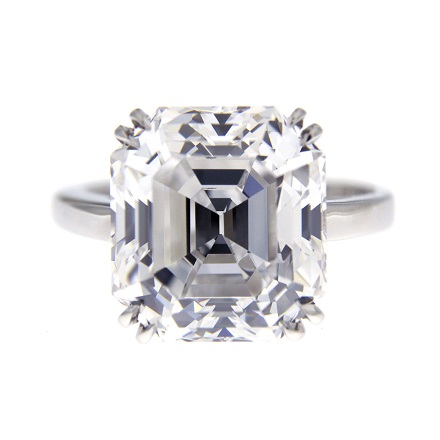Portions of earth called cratons create the pressure needed to create diamonds. Ninety to one hundred and twenty miles beneath the surface is where diamonds are born. Over many years, extreme conditions push carbon into shape. Volcanic eruptions carry the gems to the crust.
Mining operations can be complex multimillion dollar operations. They can also be a single person with a sifting pan. No matter the method, the goal is to separate diamonds from surrounding materials. Once found, the rough passes from one dealer to another, before arriving at a diamond cutter.
Before cutting, the stone is carefully examined to determine the best course of action. It’s important to both bring out the jewel’s best qualities and retain as much weight as possible. Balancing these desires means choosing where to cut the gem, and the best outline. The shape of the rough may lead it to become a round brilliant, square princess cut, or even a triangle.
Cutting is a complex process involving many steps. The stone may be divided into two or more pieces to create more jewels for diamond bands. Each piece is gradually polished into shape, with each level of the process introducing more and more facets. The gems take on brilliance and gain diamond’s distinctive sheen.
Once the jewel is finished, it’s ready for the ring. Settings connect gem and band. Mounts with prongs allow more light to travel through the gemstones. Bezel settings protect more fragile gems. Channels secure many jewels at once, and pave adds glitter to a ring. Each setting type also serves to add beauty to the ring. After a final cleaning, it’s ready for you.






